Women's Hair Loss
Women’s Hair Loss
Hair loss is often thought of as something that primarily affects men, but women experience hair thinning and loss too—often in ways that are subtle and not immediately noticeable. If you’re a woman struggling with hair thinning, you’re not alone. In fact, approximately 40% of women will experience some form of noticeable hair loss by the age of 40, with many more experiencing gradual thinning as they age.
While hair loss can be frustrating, the good news is that it’s treatable, and understanding the root causes is the first step toward finding an effective solution.

How Does Hair Loss Present in Women?
For women, hair loss often manifests in a few different ways:
Thinning on the Crown or Part
One of the most common patterns of hair loss in women is diffuse thinning across the scalp, particularly on the top and crown. Unlike men, who tend to experience receding hairlines or bald spots, women generally notice their hair becoming more sparse, especially along the part or crown of their head.
You may notice more hair on your pillow, in the shower drain, or on your brush. While some shedding is normal (we all lose between 50-100 hairs a day), excessive shedding can be a sign of an underlying issue.
Thinning of Eyebrows or Facial Hair
Hair loss in women isn’t just confined to the scalp. Thinning eyebrows and even changes in facial hair can also indicate hormonal shifts or nutritional deficiencies.
Hair loss in women is often multifactorial, meaning it can be caused by a combination of factors. Some of the common causes of hair loss include hormonal imbalances, stress, nutritional deficiencies, genetics, and underlying medical conditions.
Treatment Options for Women’s Hair Loss
Understanding the causes of hair loss is essential to treating it effectively. At my practice, I offer a range of personalized treatments designed to address the specific needs of each woman experiencing hair thinning or loss. These treatments can help restore not just your hair but also your confidence and vitality. –
Balancing Hormones
Hormonal fluctuations are often at the root of hair loss in women, especially during perimenopause and menopause. As a NAMS Menopause Society Certified provider, I specialize in hormonal therapy, including the use of bioidentical hormones, to help restore balance and reduce hair thinning caused by hormonal shifts. Regulating testosterone, estrogen, and progesterone levels can significantly improve hair growth and prevent further loss.
Medications like minoxidil (Rogaine) are FDA-approved treatments that can stimulate hair follicles and promote hair regrowth. However, there are other off-label uses of medications that are proving to be effective for hair restoration, offering additional options for women struggling with thinning hair.
Nutritional Support
A balanced diet rich in vitamins and minerals is crucial for maintaining healthy hair. As a dietitian, I can help assess your nutritional status and recommend dietary changes or supplements to support hair growth.
Stress Management
Since stress is a significant contributor to hair loss, incorporating stress reduction techniques into your routine is essential. Practices like yoga, meditation, and regular exercise can help lower cortisol levels and promote overall health, including healthy hair.
As a dietitian and nurse practitioner, I offer a holistic approach to hair restoration. I don’t just focus on pharmaceutical treatments—I also consider the role of hormonal balance, nutrition, and stress management in restoring and maintaining healthy hair. By taking into account all factors that contribute to hair health, we can create a personalized plan that targets the root causes and helps you achieve the results you’re looking for.
Let’s Get Started
If you’re struggling with hair loss or thinning hair, I’m here to help. Together, we can explore the underlying causes of your hair loss and find a solution that works for you. Contact us today to schedule a consultation and take the first step toward restoring your hair and your confidence.
Platelet-Rich Plasma (PRP) Therapy
PRP therapy uses your own blood to stimulate hair regrowth. The procedure involves drawing a small amount of blood, processing it to concentrate the platelets, and injecting it into the scalp to promote healing and rejuvenation of the hair follicles. PRP has shown great promise in helping women with thinning hair regain volume and thickness.





